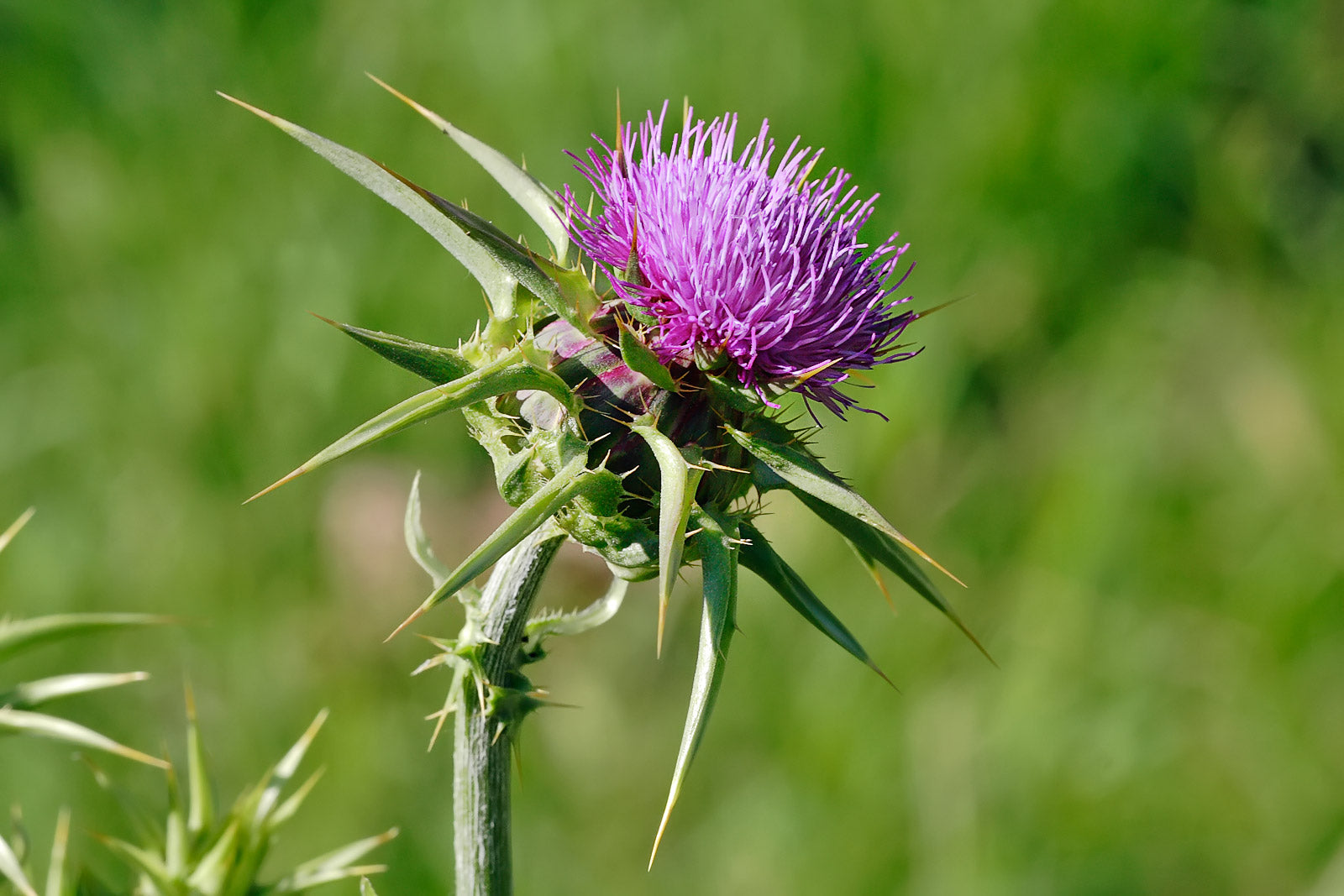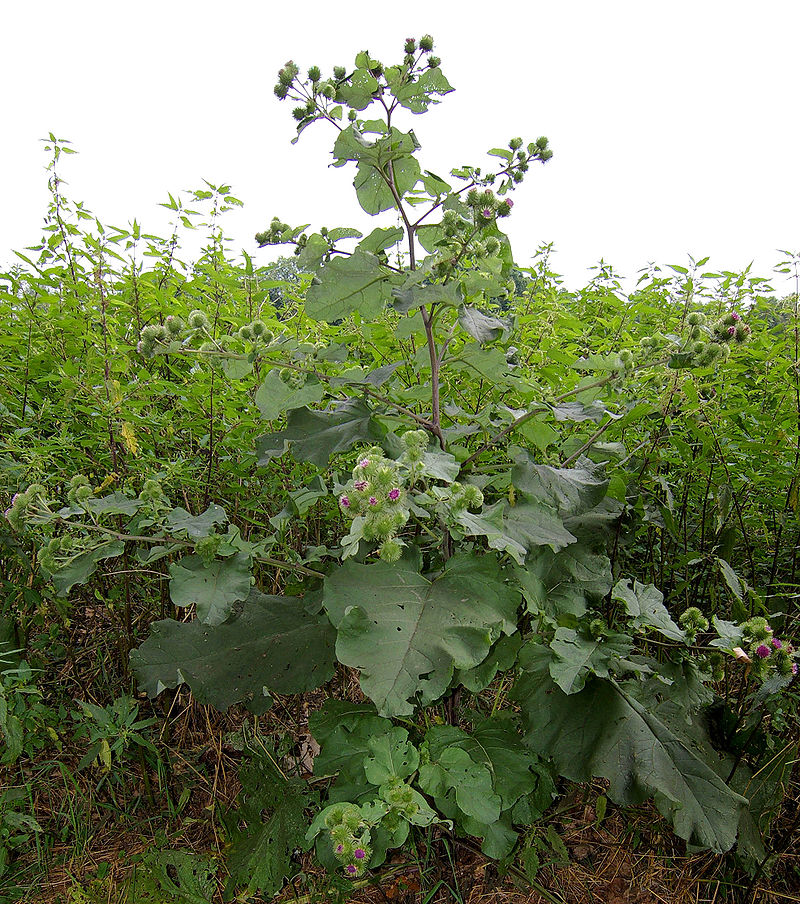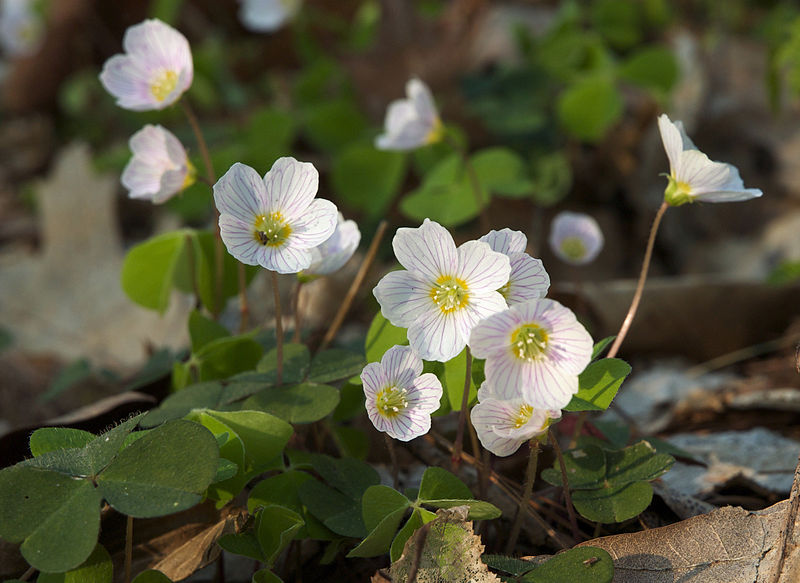
Wild Edible Of The Week 47 "Milk Thistle"
Botanical name: Silybum marianum
Common name: Milk Thistle, Mary Thistle, Cardus Marianus, Scotch Thistle, Mediterranean Milk Thistle, Veriegated Thistle
Physical appearance: These are quite easy to identify; they have variegated leaves which are green, with milky white "ribs" and generally have a large enough flower head to make collecting worthwhile.
Edible parts: Once the prickles have been removed, all parts of the plant are edible; leaves (which are generally quite bitter), leaf ribs and plant stems (which taste very similar to cucumber), flower buds, seeds and roots (which have a similar flavour to parsnips). Unopened flower buds can be cooked, peeled back and eaten like an artichoke. Removing the sharp spines can be quite labour intensive but be sure to get rid of them all.
Best places to find: Field borders, rocky soil and waste ground.
Time of year: Generally best eaten in spring or summer however, can be edible all year round. The older the plant, the more "woody" and fibrous it will be.

Serving suggestion: Simply boil or saute with butter and salt.
NB – Milk thistle has medicinal properties and is thought to be of particular benefit to those afflicted with liver problems. In particular, the seeds contain large amounts of silymarin which is a collection of four anti-oxidants that help to prevent cell damage but which also help to protect and heal the liver.

Photos courtesy of Fir0002/Flagstaffotos (https://en.wikipedia.org/wiki/File:Milk_thistle_flowerhead.jpg) Wikipedia
Topjabot via Wikipedia Creative Commons Attribution


